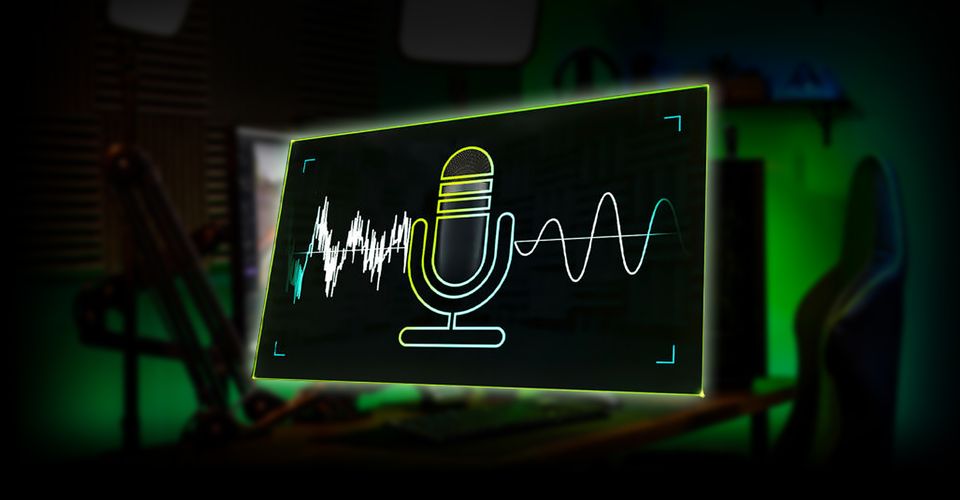How To Use Nvidia’s RTX Voice App with GTX Graphics Cards

Nvidia may be best known for creating some of the best graphics cards for PC gaming but it has more than one trick up its sleeve. Since its release in September of last year, Nvidia Broadcast has been one of the go-to tools for Twitch and YouTube streamers looking to improve the quality of their streamers without spending money on extra gear. Broadcast is limited to RTX cards, but one of its best features, RTX Voice, is officially patched to work on older GTX graphics cards.
Nvidia Broadcast is more of a collection than a single tool. Within the downloadable app, users apply a virtual green screen, allowing them to swap out backgrounds, blur their surroundings, or appear on top of gameplay. Auto Frame tracks the streamer’s face to keep them centered in the frame, even as they move around, similar to a virtual cameraman. By far, the most talked-about feature is RTX Voice, which removes background noise with incredible effectiveness. RTX Voice is also the oldest of the three applets, originally releasing as a standalone application in April of last year.
Much of the high-quality presentation of Nvidia Broadcast is based on the built-in AI capabilities of its RTX graphics cards, but it appears tensor cores may not be so necessary for background noise removal after all. According to a quiet update on the original announcement post from September, Nvidia has confirmed that GTX cards may now be used for RTX Voice. The rest of the Broadcast suite still requires an RTX graphics card to function, so anyone running a GTX 10-series or lower graphics card will need to download and run the standalone RTX Voice app. Nvidia also notes that “your mileage may vary” when using older GPUs. The news of this functionality may not be as surprising as it first seems, however, since enterprising users at Guru3D discovered this was possible nearly a year ago. The addition of official support makes the feature much more practically useful for average users.
How to Setup Nvidia Voice with a GTX Graphics Card

Getting started with RTX Voice is easy. Owners of older GTX graphics cards won’t be able to use the newer Nvidia Broadcast application – AI is still required for auto-framing and virtual background replacement – but the older RTX Voice app is available for download through the GeForce Setup Guide. Only users running GTX 10-series cards or older should download this application. Streamers running more recent graphics cards will still be better served with the full Nvidia Broadcast suite with its wider array of features.
Once the program is installed, it’s time to configure it. The first step is to choose the input and output device that will be used for streaming. The input, in this case, would be the microphone and the output would be the headphone or speaker the game will play through. Each of these can have noise suppression applied by clicking the checkbox for that section and selecting how much suppression should be applied. Nvidia advises to only enable it on speakers and headphones where necessary to save system resources. With that done, the final step is to select RTX Voice as the Input and Output devices for the users streaming software of choice, though it can also be used for other applications like Discord.
The noise removal effect can be genuinely impressive. Moderate settings can remove even loud background noise with minimal impact on vocal quality. To ensure the highest quality possible, users should only apply the amount of suppression they need and try not to go over to ensure they produce a high-quality stream. Turning this setting up all the way will remove background noise but can also make vocals sound compressed and robotic, driving away viewers.
Source: Nvidia 1, 2, Guru3D
About The Author
















